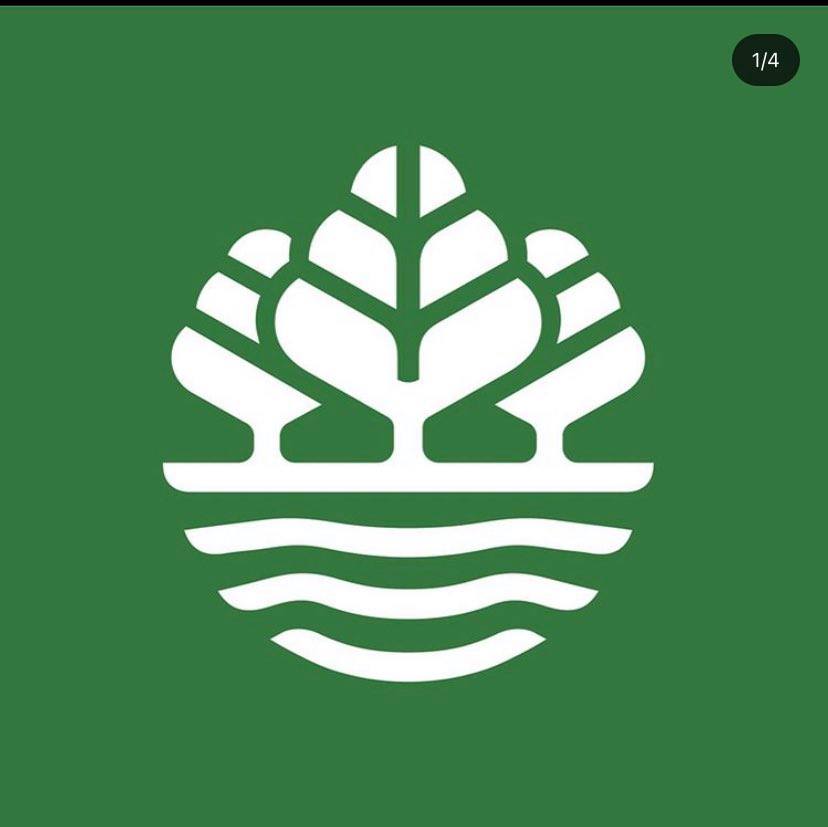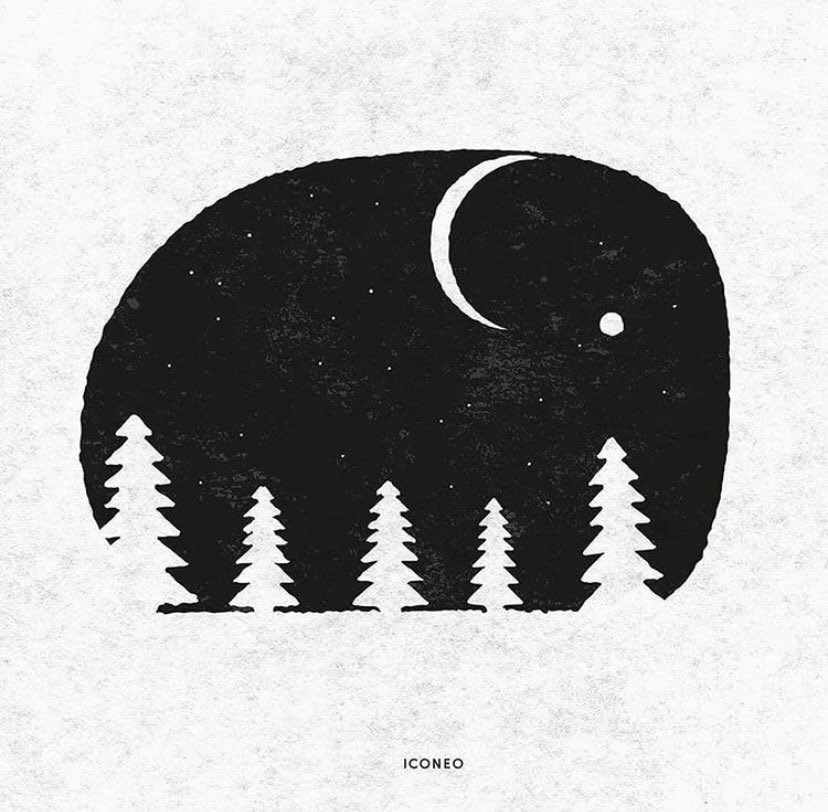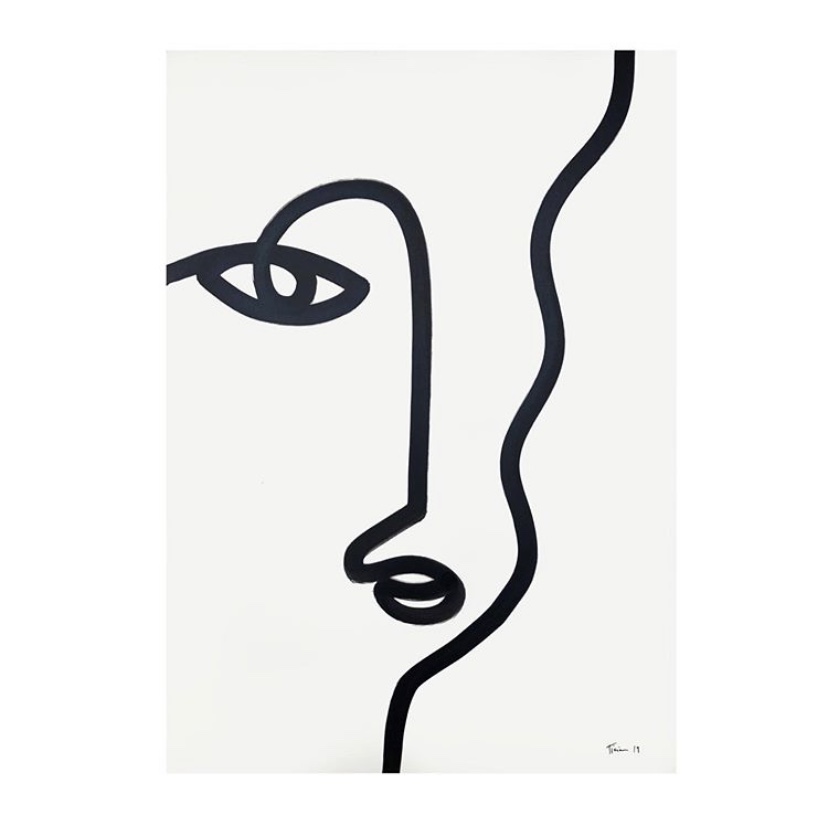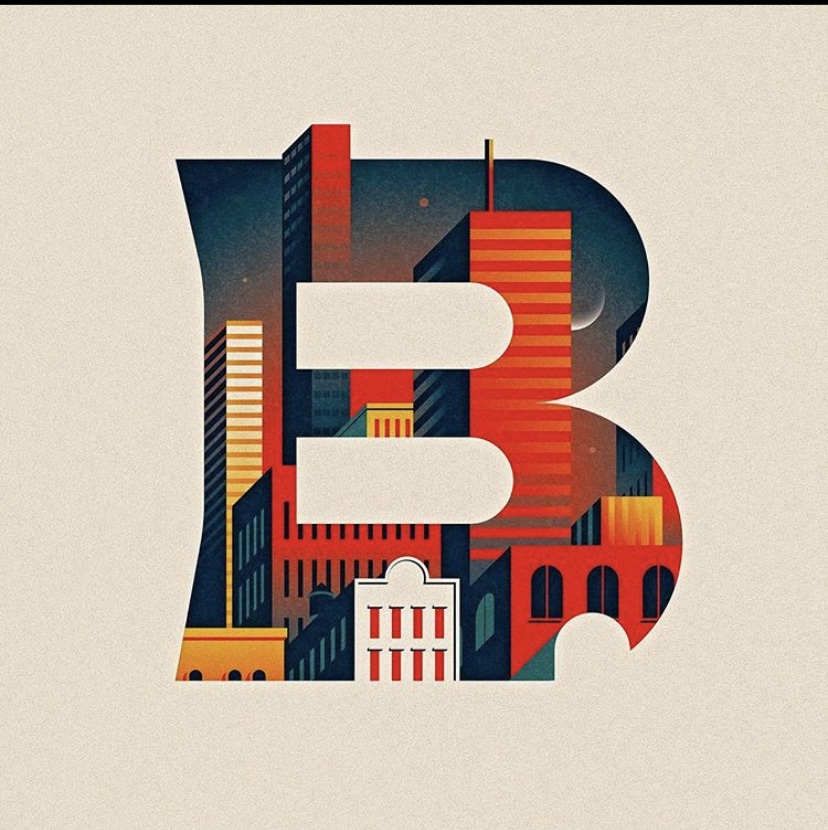The ancient civilization of the Harappans and their oddly modern cities
lasting from 3300 – 1300 BCE, the Harappan civilization was one of the first of its kind to make revolutionary inventions and advancements in all kinds of technology, especially land planning.
Hierarchy-based height planning
located in Punjab, Pakistan, the remnants of an ancient city sits still, serving as evidence of the once-thriving civilization. The Harappans used an innovative grid-style planning layout for their entire city and put the important buildings such as granaries and assembly halls a little higher than ground level (artificial hills!) to avoid flooding. the lower cities were the residential area, neatly laid out in rows, connected at all the corners in right-angles (just like a modern residential area).

Drainage and residential areas
They used lots of clever tactics and technology to avoid flooding. for example, the city walls were built really high, and the walls sectioned off different parts of the city. every single street had connected to one big drainage system. Even every single house had its own “plumbing” with built-in bathrooms and wells that connect to the large drainage system for the whole city (yay sanitation!). All buildings’ material mainly consisted of mud-brick walls.


The Great Bath
Although there is no evidence of temples and religious buildings, the great bath is believed to serve as a location for ritual/worship. It measures approximately 179 ft x 107 ft, and its drainage is also well-developed, connecting to both a water source and a sewage system.
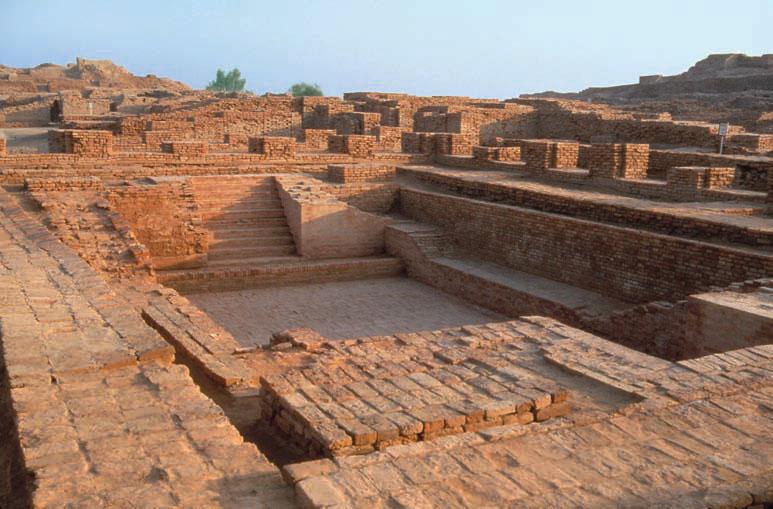
Granaries
The granary is the largest building found in the ancient city. It is about 150 ft x 75 ft x 15 ft. The building was made so that it was possible to fill it from the outside, and had excellent ventilation. This indicates that they prospered in agriculture and had an abundant supply of food.
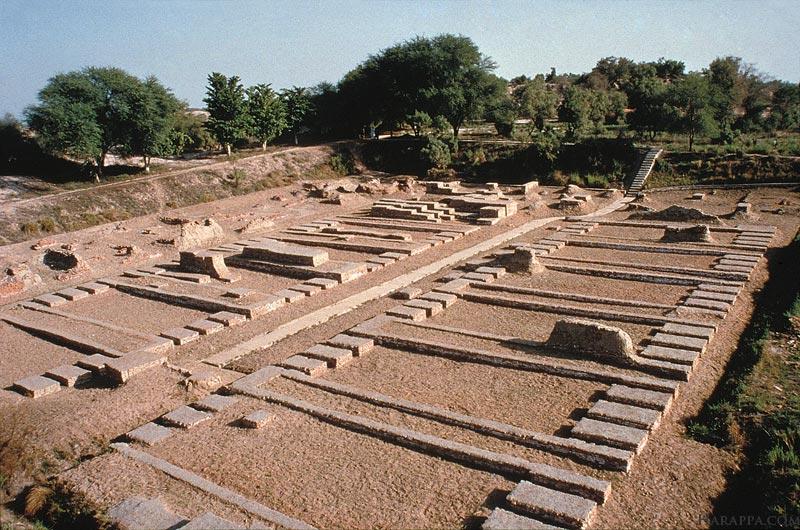
Conclusion
Overall, the Harappans were definitely ahead of their time in terms of sanitation control, drainage technology, and architectural choices. The materials they used lasted thousands of years, and the town was set in a location with a nice habitable climate, near accessible water sources. Life seemed good while it lasted.
Sources
https://www.ancient.eu/article/695/harappa-an-overview-of-harappan-architecture–town/
https://www.toppr.com/guides/history/in-the-earliest-cities/harappan-civilization/

